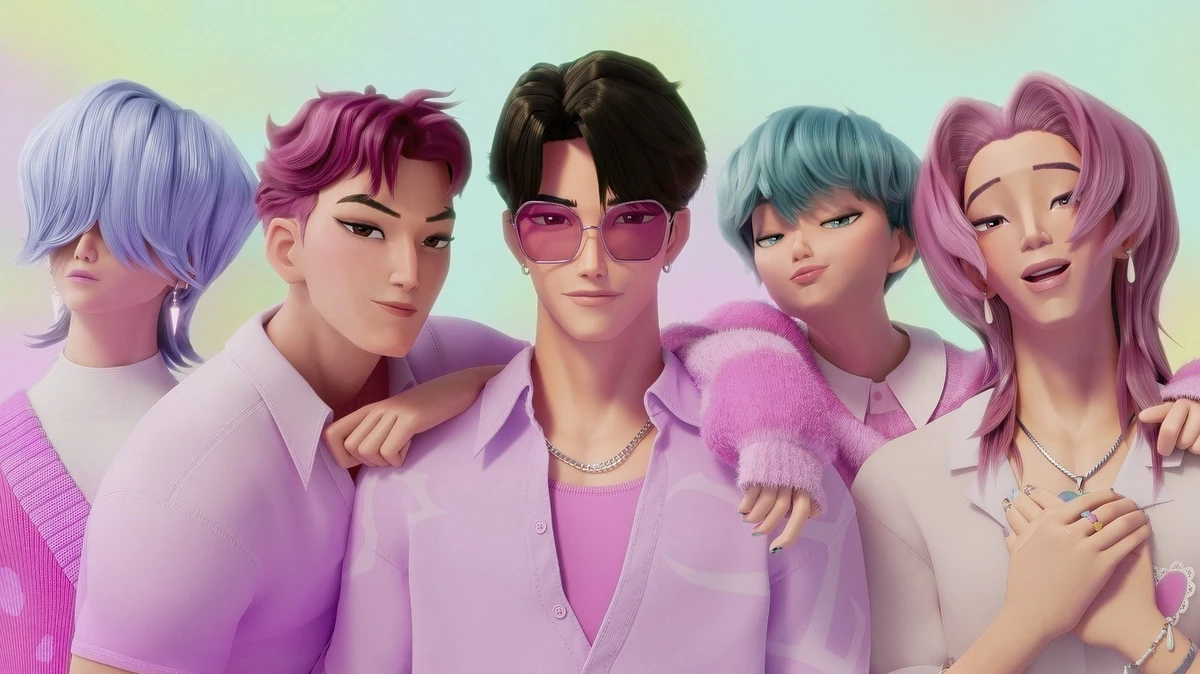It is not every day that one hears songs that are not sung by real people. This unique style of music undoubtedly captivates lots of interest. It is “robotic” music, a music style consisting of songs produced with the use of the digital software Vocaloid. From creative flare to mesmerizing melodies, the possibilities when it comes to producing these songs are endless.
Vocaloid is an artificial intelligence voice synthesizer software created by Yamaha, where people can produce songs using voicebanks. A voicebank is a collection of recorded human voice samples that are used to create synthetic singing voices. These voicebanks are copyrighted, ensuring that licensed Vocaloid users have permission to use them. Lyrics and melodies are subsequently input into the program, and the result is a unique, catchy song. Although the voicebanks are created using recorded human voices, the digital production process shapes them to sound synthetic and robotic-like.
The “singers” of these songs take the form of avatars that are linked to the voicebanks, which is unique compared to most other styles of music. One of the most popular Vocaloid singers is Hatsune Miku. She is featured in over 100,000 songs worldwide and has a large fanbase with over 330,000 followers on Instagram and over three million subscribers on YouTube.
Vocaloid music leaves a large impact on its wide fanbase. A key positive factor of Vocaloid songs is that they urge creativity and imagination due to the countless number of creative visions that can be executed when it comes to producing music. Vocaloid song producers have full control over what they produce and can tweak any aspect of their music, such as singing, vocal accents and rhythm. They have the opportunity to freely produce their own distinctive visions, and the strangeness and beauty of these songs intrigue numerous people. Vocaloid song listener and sophomore Zixin Song thinks back to her first time listening to Vocaloid music.
Said Song, “I thought it was weird and strange in a good way. It was a really new experience. I didn’t really find it really off-putting or anything, and the robotic voice actually intrigued my interest.”
Although Vocaloid music is “not everyone’s cup of tea,” as Song describes it, the uniqueness of the music style draws fascination. Another positive aspect of Vocaloid songs is the comfort that they provide their listeners. For many people, listening to music is an outlet to help find relief from their stress. Vocaloid songs provide the perfect opportunity to do so, especially through meaningful emotional attachment. The avatars that are linked with the voicebanks appeal to listeners, creating a bond that is both comforting and compelling to the audience. This unique aspect of Vocaloid music makes it stand out significantly from music sung by real people. Vocaloid listener and sophomore Mackenzie Choi expands on this aspect of Vocaloid songs and reflects on the attachment that she built with the Vocaloid “singers” throughout her listening experience.
Said Choi, “They have an actual character design, they have their own specific voice. So it’s kind of like how you get attached to characters in TV shows.”
On the other hand, some may consider Vocaloid songs too synthetic and unoriginal due to the process it takes to compose them. AI technology is widely frowned upon, but it is heavily used to produce Vocaloid songs. Despite the substantial usage of AI, the unique components of these songs still make them a valuable addition to modern music. The use of AI does not dismiss the advancements being made in the music industry due to the production of Vocaloid songs.
“Robotic” music fosters a substantial amount of creativity in people due to its unique qualities. The creativity and comfort of this style of music is, in multiple aspects, irreplaceable even in music sung by real people.










